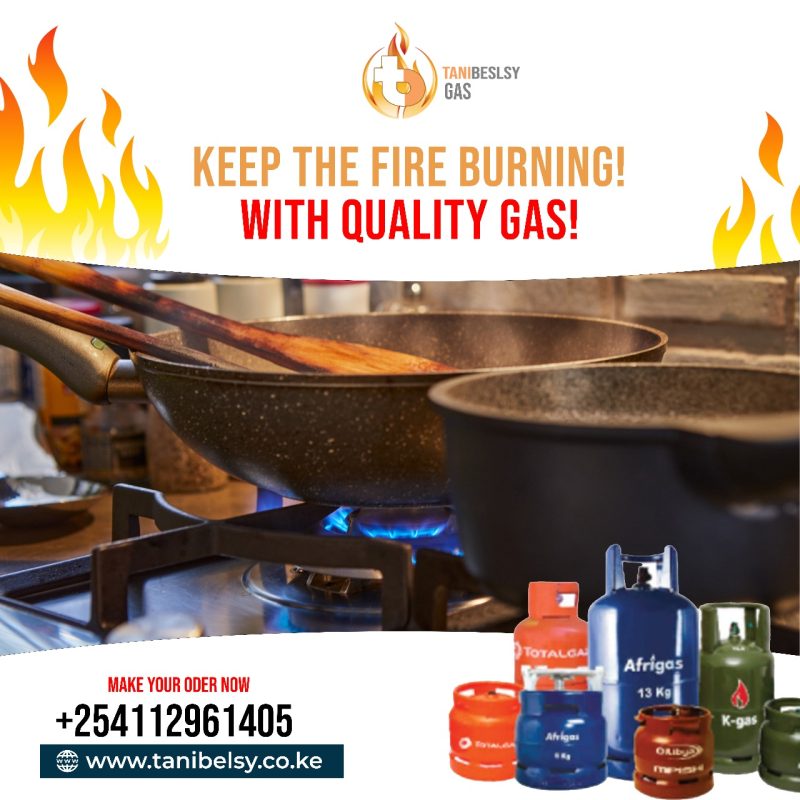Style, Uncategorized
Mastering Gas Cylinder Safety: Best Practices for Hassle-Free Usage By Tanibelsy
Introduction: Gas cylinders are indispensable in various industries, from healthcare to manufacturing. While these pressurized vessels play a crucial role, mishandling can lead to severe consequences. This blog explores the best practices for using gas cylinders, ensuring safety and efficiency in their utilization.
**1. Choosing the Right Cylinder: Begin with the basics – selecting the appropriate gas cylinder for your specific needs. Different gases require different cylinder materials and specifications. Ensure compatibility between the gas being used and the cylinder’s construction material to prevent corrosion or other hazards.
2. Storage and Handling: Proper storage is paramount. Cylinders should be stored in a well-ventilated area, away from direct sunlight, heat sources, or flammable materials. Secure cylinders with chains or straps to prevent them from falling. When handling, use proper lifting techniques and never roll cylinders, as this can damage valves and compromise safety.
3. Inspection and Maintenance: Regular inspections are crucial for identifying potential issues. Check for signs of damage, corrosion, or leaks. Ensure that valves are functioning correctly and inspect pressure relief devices. Implement a routine maintenance schedule, including valve lubrication and periodic pressure testing, to extend the life of the cylinders.
4. Transporting Gas Cylinders: Transporting gas cylinders requires careful attention. Secure cylinders in an upright position during transit, using specialized racks or restraints. Follow relevant regulations and guidelines for transportation to avoid accidents. Ensure cylinders are properly labeled, and documentation is up-to-date to facilitate smooth transit through regulatory checkpoints.
5. Proper Connection and Disconnection: Correctly connecting and disconnecting gas cylinders is a critical step. Always use the appropriate tools and check for compatibility between the regulator and cylinder valve. Tighten connections securely, but avoid over-tightening, which can damage components. When disconnecting, close the cylinder valve first to relieve pressure in the regulator.
6. Ventilation and Gas Release: Work in well-ventilated areas to prevent the accumulation of gases. In case of accidental release, know the emergency procedures. Have adequate ventilation systems in place, and ensure that personnel are trained to respond promptly and effectively to gas leaks.
7. Labeling and Documentation: Accurate labeling is essential for safety and compliance. Clearly mark cylinders with information about the contained gas, hazard warnings, and other relevant details. Maintain thorough documentation, including records of inspections, maintenance, and any incidents, to comply with regulatory requirements.
8. Emergency Response Preparedness: Even with the strictest safety measures, emergencies can occur. Develop and communicate emergency response plans. Ensure that personnel are trained to handle emergencies such as leaks, fires, or other incidents. Have readily accessible emergency equipment, including first aid kits and firefighting equipment.
Conclusion: Mastering the usage of gas cylinders involves a combination of proper selection of your supplier like tanibelsy gas, storage, handling, and maintenance practices. By following these best practices, you not only enhance safety but also optimize the efficiency and longevity of gas cylinders. Stay informed, stay vigilant, and make safety a top priority in every step of the gas cylinder usage process.

